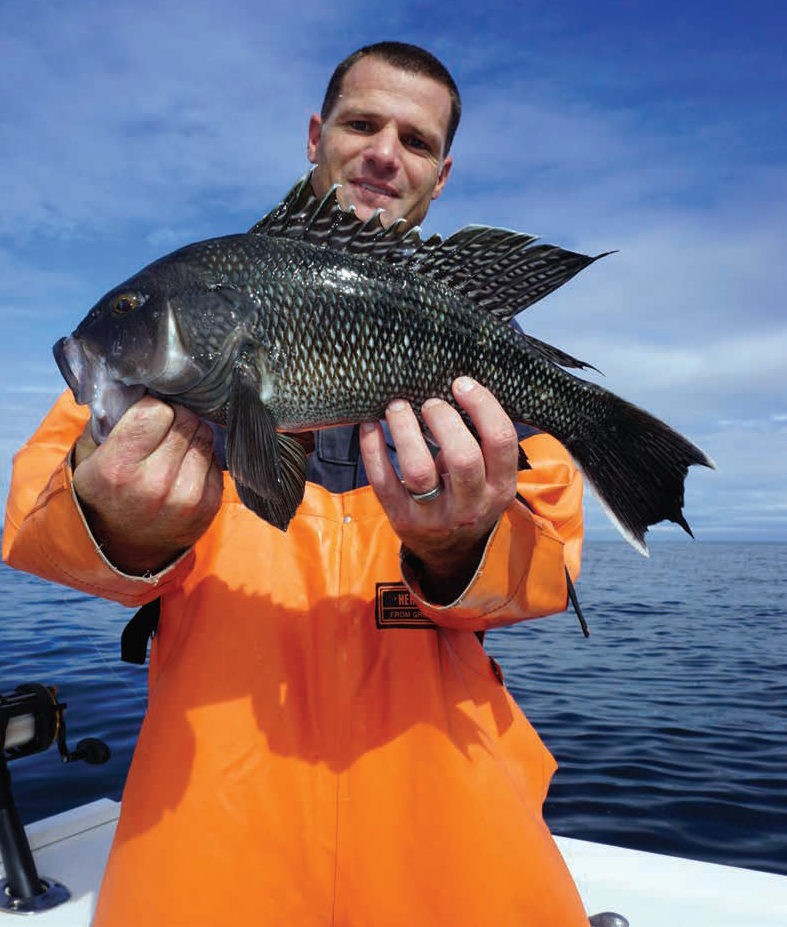
Study Shows Rewetting Coastal Peatlands Can Help Control Climate Change
Curtis Richardson, director of the Duke University Wetland Center at the Nicholas School of the Environment, has been conducting extensive research on pocosin wetlands in eastern North Carolina for several decades. These wetlands, characterized by sandy soils and peat, play a crucial role in carbon storage by extracting carbon from the atmosphere and storing it underground.
The Importance of Sustainable Development Goals (SDGs)
Rewetting coastal peatlands that were previously drained for agricultural purposes could have a significant impact on reducing global CO2 levels and mitigating climate change. Conversely, allowing the pocosin wetlands to dry out would result in increased CO2 emissions.

The Duke Climate Commitment
This study aligns with the Duke Climate Commitment, which integrates the university’s education, research, operations, and public service missions to address the climate crisis.
SDGs, Targets, and Indicators
1. Which SDGs are addressed or connected to the issues highlighted in the article?
- SDG 13: Climate Action
- SDG 15: Life on Land
The article discusses the potential of rewetting coastal peatlands to remove significant amounts of global CO2 and help control climate change. This aligns with SDG 13, which focuses on taking urgent action to combat climate change and its impacts. Additionally, the article mentions the importance of wetlands in carbon storage, highlighting the connection to SDG 15, which aims to protect, restore, and promote sustainable use of terrestrial ecosystems.
2. What specific targets under those SDGs can be identified based on the article’s content?
- SDG 13.2: Integrate climate change measures into national policies, strategies, and planning
- SDG 15.1: Ensure conservation, restoration, and sustainable use of terrestrial and inland freshwater ecosystems
The article emphasizes the need to rewet coastal peatlands as a climate change mitigation strategy. This aligns with SDG 13.2, which calls for integrating climate change measures into national policies and planning. Additionally, the restoration of wetlands and the promotion of sustainable use of terrestrial ecosystems mentioned in the article correspond to SDG 15.1.
3. Are there any indicators mentioned or implied in the article that can be used to measure progress towards the identified targets?
- Indicator for SDG 13.2: Number of countries with integrated policies, strategies, and plans for climate change mitigation, adaptation, impact reduction, and early warning
- Indicator for SDG 15.1: Proportion of important sites for terrestrial and freshwater biodiversity that are covered by protected areas
The article does not explicitly mention indicators, but based on the identified targets, potential indicators can be derived. For SDG 13.2, the number of countries with integrated policies and plans for climate change mitigation and adaptation can be used as an indicator. For SDG 15.1, the proportion of important sites for biodiversity covered by protected areas can serve as an indicator to measure progress in conserving and restoring terrestrial ecosystems.
4. Table: SDGs, Targets, and Indicators
| SDGs | Targets | Indicators |
|---|---|---|
| SDG 13: Climate Action | 13.2: Integrate climate change measures into national policies, strategies, and planning | Number of countries with integrated policies, strategies, and plans for climate change mitigation, adaptation, impact reduction, and early warning |
| SDG 15: Life on Land | 15.1: Ensure conservation, restoration, and sustainable use of terrestrial and inland freshwater ecosystems | Proportion of important sites for terrestrial and freshwater biodiversity that are covered by protected areas |
Behold! This splendid article springs forth from the wellspring of knowledge, shaped by a wondrous proprietary AI technology that delved into a vast ocean of data, illuminating the path towards the Sustainable Development Goals. Remember that all rights are reserved by SDG Investors LLC, empowering us to champion progress together.
Source: today.duke.edu

Join us, as fellow seekers of change, on a transformative journey at https://sdgtalks.ai/welcome, where you can become a member and actively contribute to shaping a brighter future.






